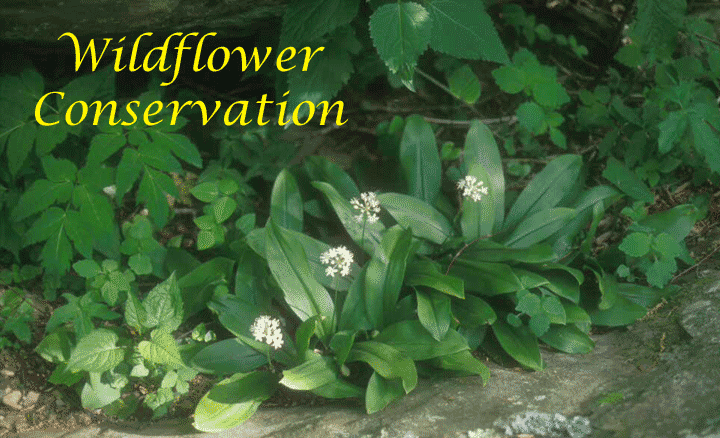 |
||
As our population grows and our commerce expands, we take over land that was once field or forest. Large tracts of land are converted to agriculture to feed the expanding population. Cattle, sheep and other introduced species have also taken their toll. Houses and shopping centers are built and the necessary roads to connect them. In so doing, we are part of the major reason for the loss of species, that being habitat alteration. This is not the only way in which we cause a loss of species but it is the major one. In our yards we seek color, and we plant gardens of the latest and greatest showy plants from around the world; bulbs from Holland, daisies from South Africa, maples from Japan and the list goes on. This is nothing new. As you work through the accounts of individual species of plants, you will quickly become aware of how many are from Europe. Our ancestors brought the plants that they had used for food, fiber, and medicine with them. Colt’s foot was a the source of many cough remedies. Plants with the specific epithet officialis were listed in the herbals of the day as cures for a variety of ills. Many other species came across the ocean as seeds mixed in the fodder of the horses and cattle. These domesticated animals were necessary to maintain a European life style in the New World. Freed from their traditional insect predators these plants quickly became established. In recent years we have intentionally introduced a Pandora’s Box of aggressive species, including Kudzu, Japanese Honey suckle, purple loosestrife and a host of others. Kudzu was intentionally planted for erosion control, Japanese Honeysuckle for the sweet scent of its flowers, loosestrife for the beauty of its blooms. All of these are now out competing native species and causing their endangerment.
Development has been another source of habitat loss. This series of ridge top condos at The Wintergreen resort has had a great impact on the habitat. What can be done to reduce our impact on the remaining species of wildflowers, and in turn on the animals that depend on them for food and shelter? One method seen in Augusta County is establishing natural areas on our public lands in place of acres of sterile mowed lawns. Good examples of natural areas can be seen at Coyer Springs Park in Waynesboro where they have mowed trails through old fields and can boast a great diversity of species, and the Betsy Bell Wilderness Park in Staunton where the forest has been allowed to grow undisturbed. The Cowbane Prairie, a wet prairie owned by the DCR, is another example of a protected habitat. Many areas like this wet prairie, a fen in Folly Mills, and the sinkhole ponds that dot the county were viewed as wasteland and drained for agriculture. We need to encourage the protection of the few that remain. On an individual basis, we should garden with native plants as much as possible, or at least use noninvasive species if native plants do not provide the look we desire. Planting of meadow gardens using seed mixes that are native to the area where we live is another key. Locally grown seed will be selected for our day length cycles and weather conditions. It will contain the species for which there are local pollinators, and a good mix, the food plants that caterpillars will need to develop into butterflies. One temptation that must be avoided is a wildflower garden of plants stolen from the wild. Many species may survive in a garden, but will fail to reproduce if the soil does not contain the correct microflora, the associated bacteria and fungi needed for germination and growth. Others have become endangered due to over collecting for sale to the nursery trade. When purchasing plants, make sure they are nursery grown and not collected from the wild. Collection of seed is a more involved procedure, but one that is less likely to decimate a natural population. |
||
